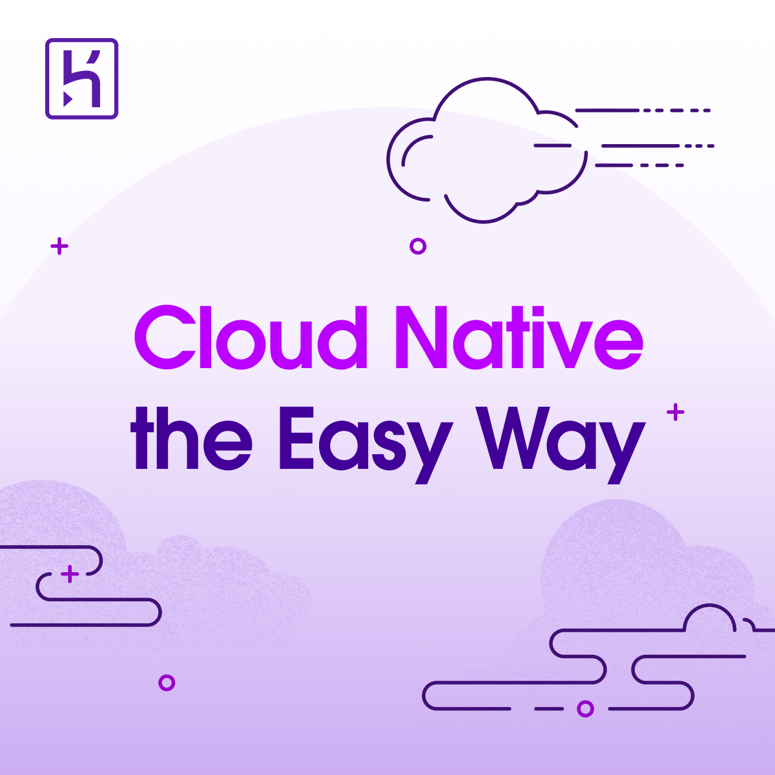Your engineering team is wasting 240 hours a year on identity integrations. That’s six weeks of innovation you’ll never get back.
Each time a customer requests a new SSO connection, your roadmap gets delayed. Your developers groan. Your security team worries. All while your competitors build actual features.
You’re not alone in this productivity trap. 78% of CIOs now rank identity integration maintenance as a “significant drain” on their most valuable resources. But what if you could eliminate this burden completely—this month?
The Hidden Cost of Identity Management
For B2B SaaS companies and enterprises alike, the traditional approach to identity integration has become unsustainable. Each new identity provider integration requires specialized expertise, custom development work, and ongoing maintenance that pulls valuable engineering resources away from core business initiatives.
Consider these sobering statistics from recent market research:
- 67% of organizations have delayed launching enterprise features due to identity integration challenges
- 82% maintained legacy systems longer than desired because of identity connection complexity
- 58% reported security incidents related to improperly maintained identity integrations
- 91% considered identity integration a “necessary evil” that diverted resources from core innovation
If these numbers sound familiar, you’re experiencing what industry experts now recognize as the “enterprise identity integration crisis” – a growing problem that has only intensified with the rise of remote work, increased security threats, and the proliferation of identity systems.
The Vicious Cycle of Identity Integration
The typical enterprise identity integration journey follows a predictable and painful pattern:
- Initial Implementation : Your engineering team spends weeks or months building custom connections to each identity provider your customers require (Microsoft Entra ID, Okta, Google Workspace, etc.)
- Protocol Management : Each provider uses slightly different implementations of SAML, OAuth, or OpenID Connect protocols, requiring specialized knowledge and custom code
- Ongoing Maintenance : Identity providers regularly update their APIs and protocols, forcing your team to monitor changes and update integrations accordingly
- Security Vulnerabilities : Any lapse in maintenance or misconfigurations can lead to security breaches, with 58% of organizations reporting identity-related security incidents
- Resource Diversion : The constant maintenance pulls engineers away from innovation and feature development, creating a compounding technical debt
- New Provider Requests : As your customer base grows, demands for new identity provider integrations create a never-ending cycle
This cycle creates what one CTO described as “the identity integration treadmill” – you’re constantly running just to stay in place, with little forward progress to show for the effort.
The Universal API Revolution
The fundamental problem with traditional identity integration approaches is their fragmented nature. Each integration exists as its own separate implementation, multiplying complexity with every new provider added.
A breakthrough approach is now emerging through Universal API technology that fundamentally reshapes this landscape. Rather than building individual connections to each identity provider, organizations can now implement a single integration point that connects to all major identity systems simultaneously.
Here’s why this approach is transforming enterprise identity management:
1. Radical Simplification of Integration Architecture
Traditional identity architecture requires maintaining separate connections for each identity provider, creating a complex web of integrations that grows exponentially with each new addition. Universal API technology replaces this with a single, standardized connection point.
The difference is dramatic:
Traditional Approach :
- Separate integration for each provider (Microsoft Entra ID, Okta, Google, etc.)
- Custom code for each protocol implementation
- Multiple connection points to maintain and monitor
Universal API Approach :
- Single integration point connects to all providers
- Standardized protocol handling through a unified interface
- One connection to maintain regardless of how many providers you support
2. Engineering Resource Liberation
The most immediate impact of Universal API technology is the reclamation of engineering resources. Organizations implementing this approach report:
- Integration time reduced from months to days
- Elimination of specialized identity expertise requirements
- 240+ engineering hours saved annually on maintenance and updates
- Faster response to new customer integration requests
This resource liberation allows engineering teams to refocus on core product innovation rather than maintaining identity infrastructure – exactly where their talents provide the greatest value.
3. Future-Proofing Against Protocol Evolution
Perhaps the most significant long-term benefit is protection against the constant evolution of identity protocols. When Microsoft updates its authentication requirements or Okta changes its API structure, traditionally integrated systems require immediate engineering attention to maintain functionality.
With Universal API technology, these changes are handled automatically through the centralized platform, effectively future-proofing your identity infrastructure against industry evolution. The technology automatically adapts to:
- API structure changes
- Protocol updates and security enhancements
- New authentication requirements
- Emerging identity providers and standards
4. Comprehensive SCIM Protocol Support
Modern enterprise identity management requires more than just authentication. The System for Cross-domain Identity Management (SCIM) protocol enables critical functions like:
- Automated user provisioning when accounts are created
- Immediate de-provisioning when access should be revoked
- Real-time attribute synchronization across systems
- Group management and role-based access control
Universal API platforms now include comprehensive SCIM support across all connected providers – functionality that previously required custom implementation for each system and represented a significant engineering challenge.
Real-World Implementation: Removing the Integration Barrier
For organizations considering a move to Universal API technology, the implementation process offers a refreshing contrast to traditional integration projects:
- Single Integration : Rather than building connections to each identity provider individually, your team implements one integration with the Universal API platform
- Configuration Over Coding : Adding support for new identity providers becomes a configuration exercise rather than a development project
- Automatic Protocol Handling : The platform automatically manages the complexities of different protocol implementations, eliminating the need for specialized knowledge
- Zero Maintenance Overhead : Updates to identity provider APIs and protocols are handled automatically by the platform, eliminating ongoing engineering involvement
- Enterprise-Grade Security : Built-in security controls and best practices ensure compliance with the most stringent regulatory requirements
The result is a fundamental transformation of enterprise identity management from a resource-intensive engineering challenge to a streamlined operational function.
Beyond Technical Benefits: Strategic Advantages
While the technical benefits of Universal API technology are compelling, the strategic advantages may be even more significant:
Accelerated Enterprise Feature Rollout
With 67% of organizations reporting delayed feature launches due to identity integration challenges, Universal API technology directly addresses a critical barrier to innovation. By eliminating this bottleneck, product teams can accelerate the delivery of enterprise features that drive growth and competitive advantage.
Enhanced Security Posture
The 58% of organizations reporting security incidents related to identity integration highlights a critical vulnerability in traditional approaches. Universal API platforms implement consistent security best practices across all provider connections, reducing the risk of misconfiguration and security breaches.
Improved Customer Onboarding Experience
For B2B SaaS companies, the ability to quickly integrate with any customer identity system removes a significant friction point in the enterprise sales process. What once took weeks or months of engineering coordination can now be accomplished in days or even hours, dramatically accelerating time-to-value for enterprise customers.
Competitive Differentiation
In competitive markets, the ability to easily connect with any enterprise identity system becomes a significant selling point. Organizations that eliminate this integration barrier gain an advantage in enterprise sales cycles where security and IT integration requirements often determine vendor selection.
The Path Forward: Implementing Universal API Technology
For organizations looking to break free from the identity integration treadmill, the implementation path is straightforward:
- Assess Current Integration Burden : Quantify the engineering hours currently dedicated to identity integration maintenance
- Evaluate Universal API Solutions : Review platforms that offer Universal API capabilities for identity provider connections
- Plan Migration Strategy : Develop a phased approach to migrating existing integrations to the Universal API platform
- Implement Single Integration Point : Replace multiple custom integrations with a single connection to the Universal API
- Reallocate Engineering Resources : Redirect freed engineering resources to core product innovation and feature development
Conclusion: The End of the Identity Integration Crisis
The enterprise identity integration crisis has persisted for so long that many organizations have simply accepted it as an unavoidable cost of doing business in the enterprise space. The emergence of Universal API technology challenges this assumption, offering a path to eliminate the integration burden entirely.
As one CIO who implemented this approach noted: “We stopped thinking about identity integration as a technical problem and started seeing it as a business problem – one that was costing us hundreds of engineering hours and delaying our strategic initiatives. With the Universal API approach, we’ve essentially removed identity integration from our engineering backlog completely.”
For engineering leaders tired of dedicating precious resources to maintaining identity integrations, Universal API technology offers a compelling alternative – one that transforms identity from a constant drain on resources to a strategic enabler of enterprise growth.
The question is no longer whether you can afford to change your approach to identity integration, but whether you can afford not to.
If you’re struggling with the burden of managing multiple identity providers and want to learn how SSOJet’s Universal API can help your organization reclaim hundreds of engineering hours, visit ssojet.com for more information.




Top comments (0)